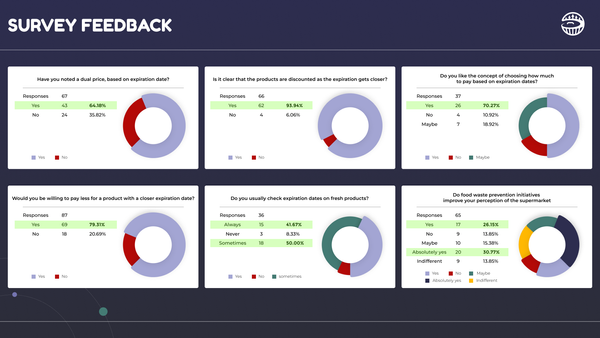Much more than a market hype

Part 1: Understanding the basics of multi-period markdowns
In the following months our magazine will cover the topic of multi-period markdowns. We will start with “Understanding the basics of multi-period markdowns” (April), then delve into “The challenges of multi-period markdowns and the use of AI” (May), and lastly, we will discuss “The holy grail” (June).
Understanding the basics of multi-period markdowns
First things first, let’s dive into current markdown approaches used by retailers:
No markdowns: Very few retailers opt for this approach, and for good reason. Some main claims in favor of the “no markdowns” approach are: 1.) Lesser operational burden (Incorrect); 2.) “Better perception of freshness” by consumers (Incorrect); 3.) Better capacity for donations. (Partially correct). Contact us here if you disagree with these, we would love to hear your feedback and share our thoughts and knowledge.
Single-period markdown: This approach relies on a last-minute discounting strategy. After stocking fresh inventory, markdowns are delayed until 1-2 days before expiration. At this point, "reduce-to-clear" stickers are applied, offering significant discounts to move near-expiry items and free up shelf space. While this method can achieve short-term “success”, it ultimately proves to be a highly inefficient use of resources for retailers, leading to significant lost revenue.
Here’s how this would look like from a financial perspective; in this example, there is a total number of 1,000 items (On chain-level) to be discounted in by 50%, on the last day.

Bearing this in mind, we would like to examine another approach: “What if… we added one more markdown period? Starting to discount somewhat earlier?” (A data-based decision, and only if and when necessary).

Clearly, the revenues went up, by embracing this dual-period approach. Is this rule-based-decision applicable “as-is”? Of course not, but it is a good basis for our further discussion.
Multi-period markdowns
And “What if we added more markdown periods?” The answer is; more periods create greater opportunities to use markdowns in a proper way, but please note that not necessarily many periods are required. A real time price overlook is needed. Per Store. Per SKU.

Lastly, there are some tough questions such as: what to discount? when to discount? By how much? How many periods? These are questions that people cannot answer correctly, but technology can, such as Wasteless patented Pricing Engine using reinforcement learning algorithms.
Unlock the secrets of AI-powered markdown strategies! Learn more about “the challenges of multi-period markdowns and the use of AI” in our next month's publication, and check out our website wasteless.com!





